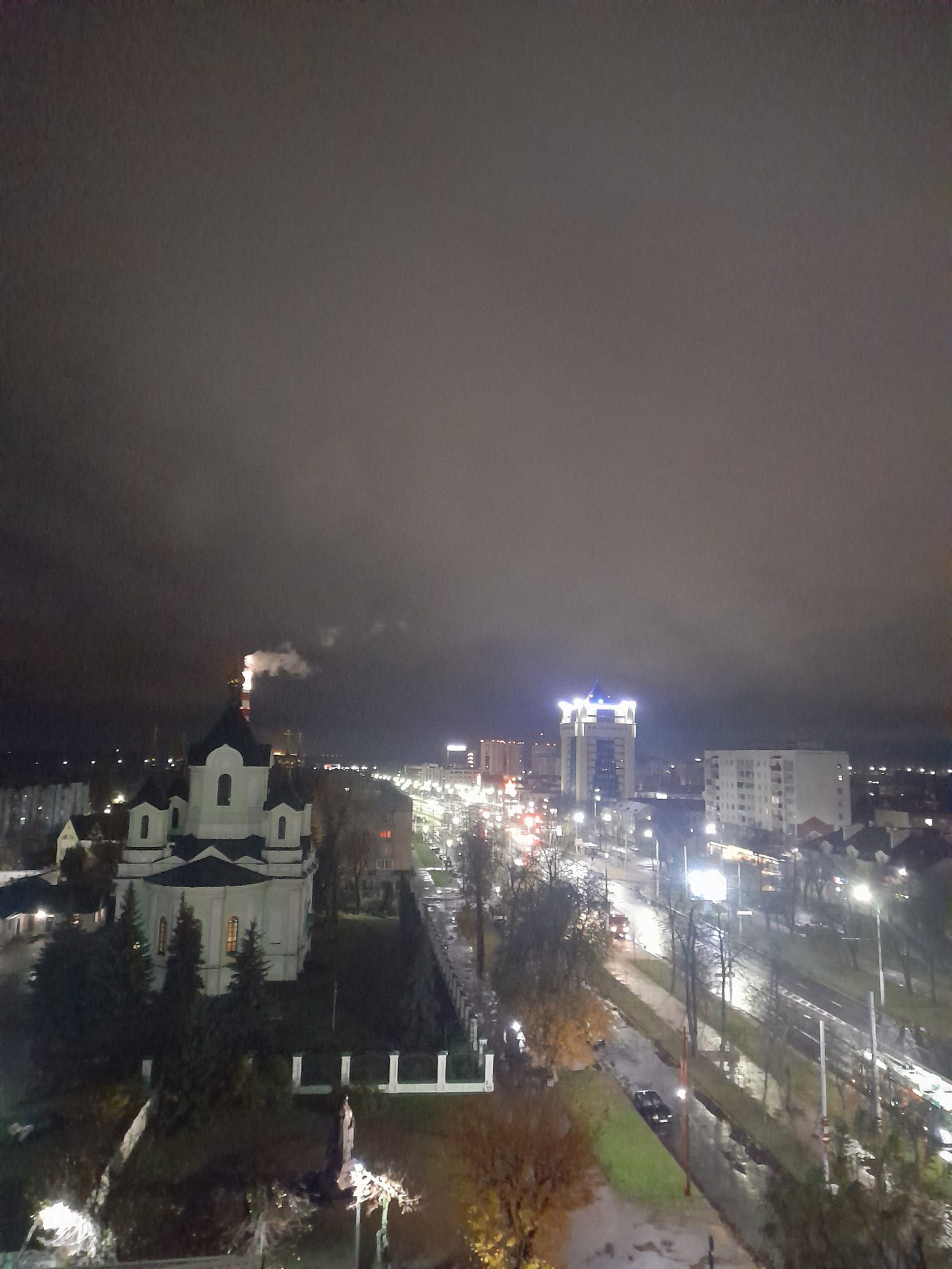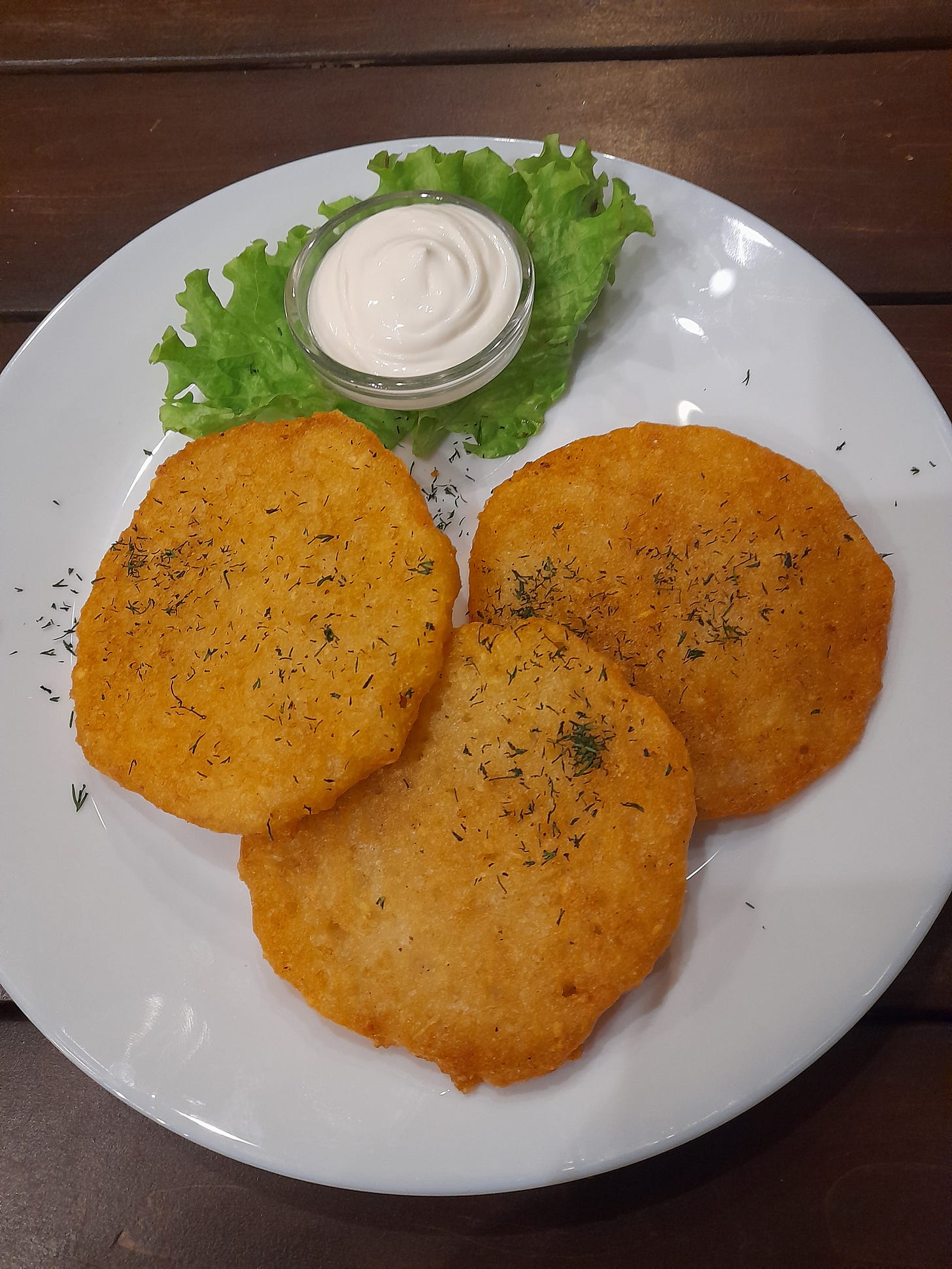Belarusian Autumn: Brest- At the Polish Frontier
This historic city on the border is now a charming window to the West.
I have always been fascinated with border towns, especially those with hard borders. Human beings are born free but are then subject to all kind of restrictions on freedom of movement. Think of South Asia where the cities of Amritsar and Lahore are within a short driving distance of each other, but the governments of India and Pakistan have made a day trip across this border next to impossible.
Brest, which has a history that dates back at least to the 11th century, was hotly contested by the Poles and Kievan Rus. It stayed a part of the Polish-Lithuanian Commonwealth till 1795, until it became a part of the Russian Empire. The Polish heritage and legacy are strong but this is a Russian-speaking city with its culture being distinctly Belarusian.
At this point of time, Belarus and Poland, two countries that have a lot in common, don’t enjoy warm ties. So, the thought of crossing over from Brest to Terespol, across the Bug River is not an easy task unless a visitor has both a Schengen visa and a multiple-entry Belarusian one.
But Terespol is neither a Lahore nor an Amritsar. The nondescript town on the Polish side has less then 6,000 inhabitants. Brest, however, is a sophisticated and beautiful city full of youthful energy and tastefully restored buildings that date back to the era before the Bolshevik Revolution.
We arrived late at night in the city after a long day on the road. From my hotel room, I could see a Russian Orthodox Church and a road that led to the river. The lights at the other end were in Poland, a country that has a very rich culture and heritage. We were told that if we had arrived in the city before sunset, we could have seen a lamplighter illuminate the kerosene lamps on Sovetskaya Street, the longest pedestrian street in the country.
It was a cold and rainy night, but despite being physically tired from the long journey from Mir and mentally exhausted from all the impressions of the castles and countryside, I was not going to waste my sole evening in Brest.
Sovetskaya Street was just a block away from my hotel and I made it a point to walk there and spot those kerosene lamps. It was too cold and rainy a night for the street to be busy but there were small groups of young locals and Russian tourists on the prowl. With a worked up appetite, I tried to look for an authentic Belarusian restaurant. Who wants to eat pizzas or burgers in Belarus?
The place I found was filled with tourists, but had delicious local food such as dranikki- potato pancakes. At a table next to me, there was a couple speaking Russian with a Moscow accent, which seemed a tad put on. Who was I to judge anyway? For some reason I assumed the man was arrogant or rather had an unpleasing personality. This impression, based on what I was overhearing, lasted a total of one minute when an elderly woman selling flowers walked in. The man immediately took out a higher denomination note and gave it to her and said that he didn’t want the flowers. The poor old woman was grateful and touched!
As I walked back to my hotel, I admired the beautiful buildings that were maintained so well. I am pretty sure that anyone who crossed over to Belarus from Poland would see what a beautiful country this is.






Interesting account of your impressions of Brest. It is associated in my reading of diplomatic history with the Treaty of Brest-Litovsk of March 1918, under which Russian imperial territories including Ukraine were handed over to the German aligned Central Powers. As with most things related to international relations, the treaty of Brest-Litovsk was overtaken by the Versailles Treaty of June 1919, which made Germany the defeated power! But the experience of a disastrous WW1 campaign by Russia's Tsarist empire has spawned so many issues that are discussed today in Europe including the former Ottoman territories. As a footnote, I am continuously intrigued by the bizarre fact that the British Minister of War Lord Kitchener died en route by ship to Russia during WW1. Ostensibly, his mission was to bolter Russia's military production capacities! Kitchener is a larger than life figure in diplomatic history, too. He is credited with modernizing the British Indian Army by merging the three Presidency Armies into one structure.